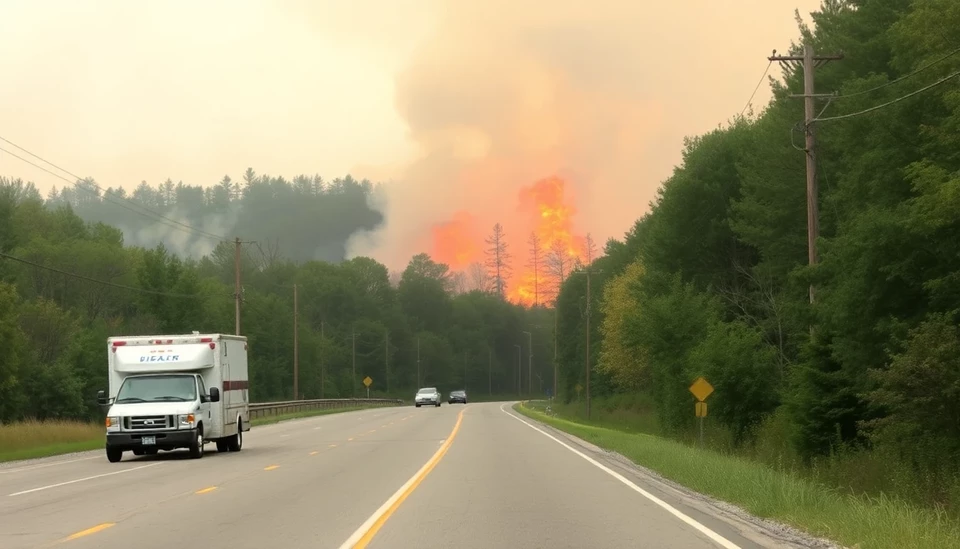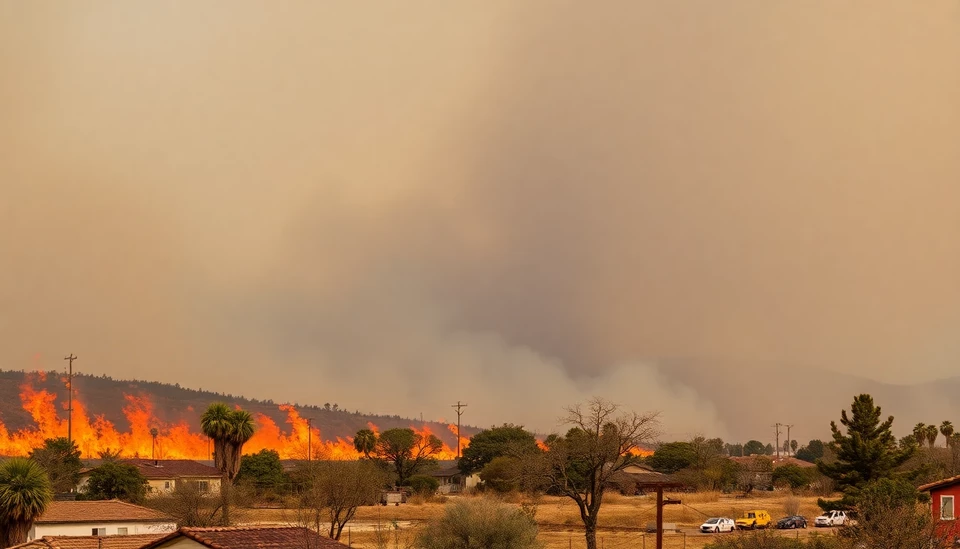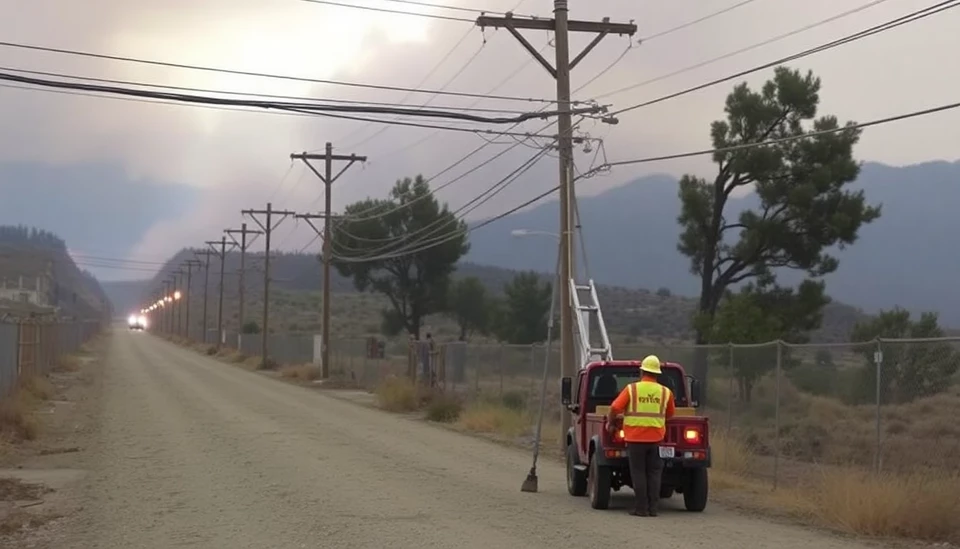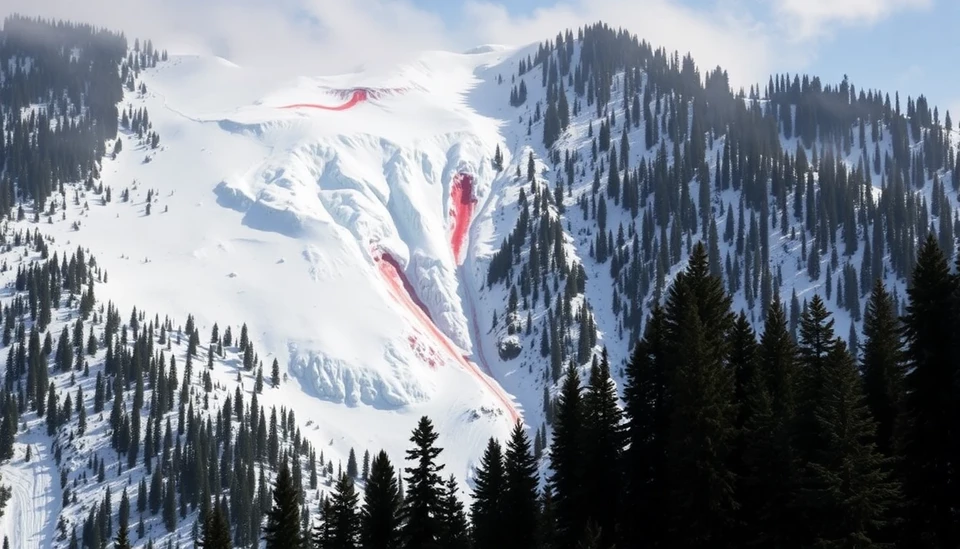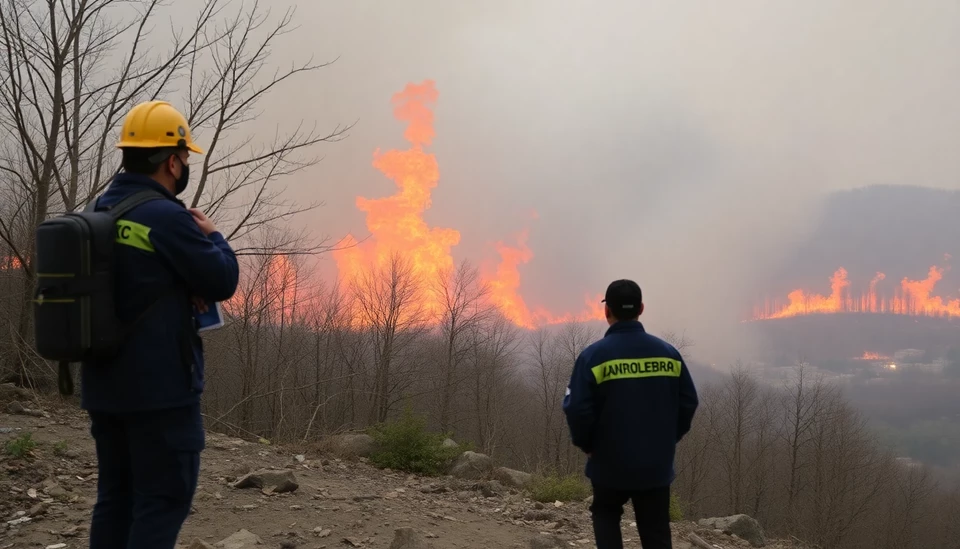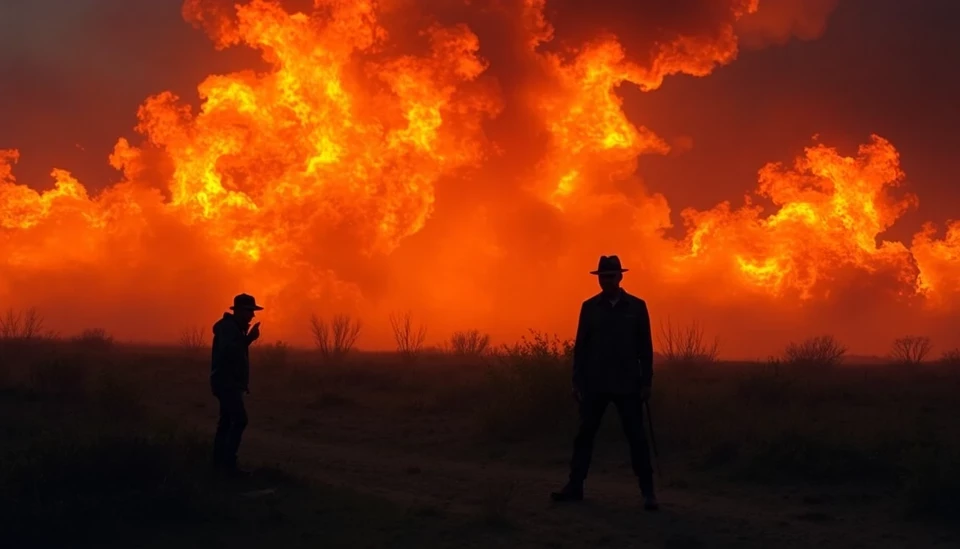
In a startling turn of events this month, meteorologists and fire scientists are grappling with a series of baffling wind patterns that have left communities in the southwestern United States on high alert. Dubbed "fire-whipping winds," these unpredictable gusts are intensifying wildfires and challenging conventional understanding of weather phenomena.
During a recent press conference, experts noted that these winds, characterized by their erratic changes in direction and speed, are emerging more frequently, leading to unprecedented fire behavior. Typically, winds that fan flames would move in a consistent pattern, allowing firefighters to predict fire spreads and effectively strategize containment efforts. However, the recent patterns have made it exceedingly difficult for fire crews to manage blazes.
One of the most alarming instances occurred in early January, where a wildfire in California's Sierra Nevada region saw rapid expansion due to these bizarre winds. Local authorities reported that flames surged dangerously close to homes, forcing mass evacuations and putting lives at risk. Firefighters, many of whom have decades of experience battling blazes, were left feeling helpless as the winds shifted course unpredictably, making it near-impossible to establish containment lines.
Dr. Sarah Jensen, a leading fire meteorologist at the University of California, expressed her surprise: "We've never seen anything quite like this. The intensity and unpredictability of these winds are increasing as a result of climate change, possibly creating a new era of wildfire behavior that we have to prepare for." Scientists are now focusing on understanding the atmospheric conditions that give rise to these unique wind patterns.
Researchers have pointed to several contributing factors, including prolonged drought conditions, rising average temperatures, and shifts in larger weather systems. The combination of these elements contributes to the volatility of wind patterns during fire seasons, which threatens not only natural ecosystems but also human infrastructure.
Local residents are understandably concerned. Many have witnessed firsthand the devastating effects of these wildfires, seeing homes and wildlife destroyed in mere hours. Community forums have sprung up across social media platforms, with individuals sharing tips on preparedness and firefighting strategies. The community response emphasizes the need for close coordination with local services as the unpredictability of these winds continues to challenge traditional emergency protocols.
As scientists scramble to gather data, there is an expressed urgency for increased funding and resources for research into climate change and its role in exacerbating wildfire conditions. It's imperative for communities to adapt, fostering resilience in the face of these emerging challenges.
The unpredictability shown by these fire-whipping winds raises significant concern, prompting calls for better forecasting and emergency management strategies. Fire experts argue that understanding these winds could lead to improved safety measures and potentially save lives in the future.
As the situation develops, it is clear that the interplay between climate change and wildfires is becoming an increasingly pressing issue for scientists, policymakers, and the public alike. The urgent need to address and adapt to this new normal could impact the future of fire management strategies and ecological conservation efforts.
With the wildfire season still ongoing, vigilance in monitoring fire behavior is essential. Experts urge residents in high-risk areas to stay informed and prepared for emergencies as they continue to research the perplexing dynamics of fire-whipping winds.
#Wildfires #ClimateChange #FireScience #EmergencyPreparedness #FireWhippingWinds #Meteorology #CaliforniaWildfires
Author: Sophie Bennett
